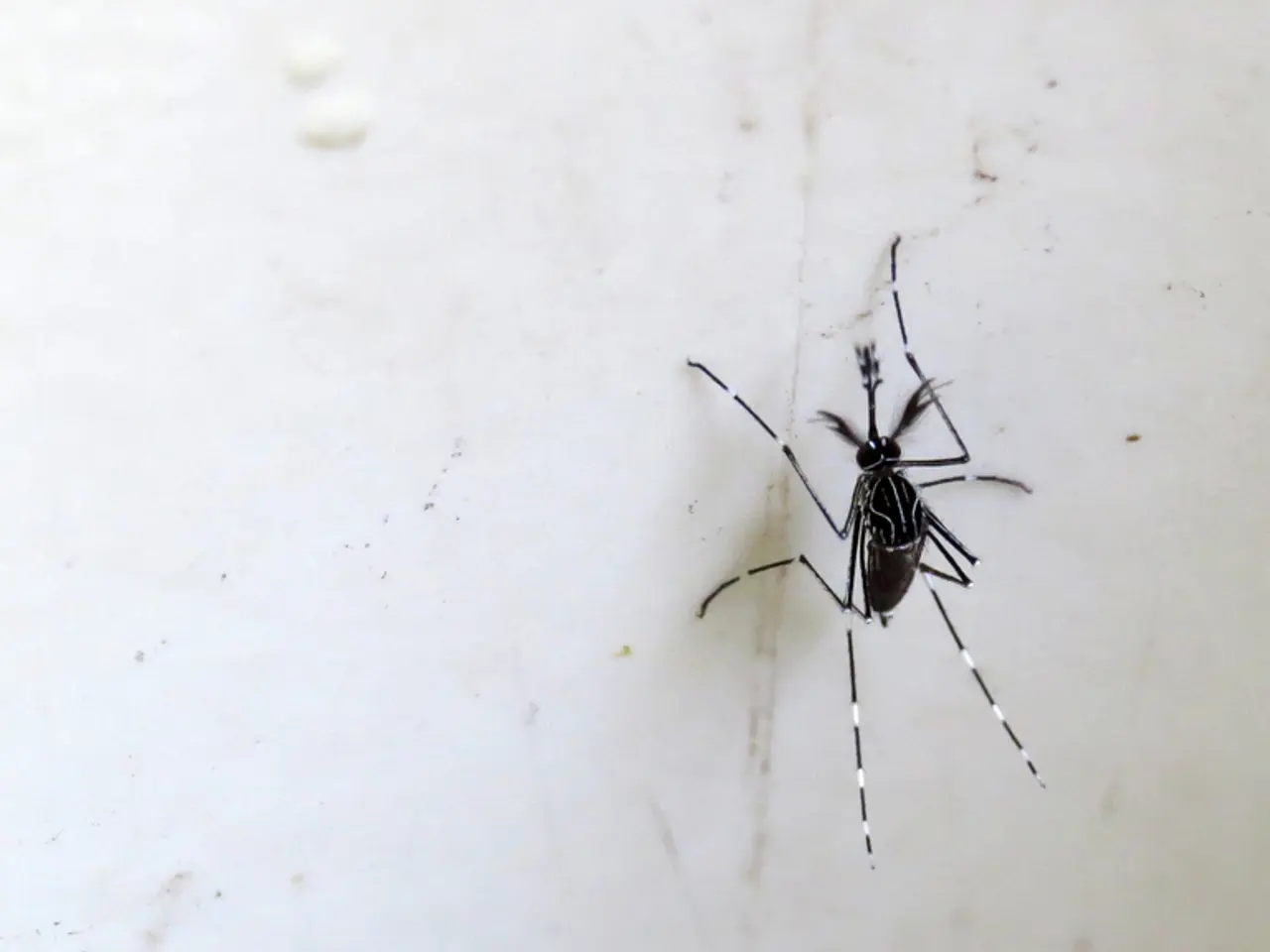West Nile Virus Identification and Overview
West Nile Virus: Understanding the Threat
West Nile Virus (WNV) is a mosquito-borne virus that can cause serious illness in humans, horses, and some other animals. First identified in Uganda in 1937, WNV has since spread across the globe, including North America, Europe, and parts of Asia. In the United States, the first major outbreak occurred in New York City in 1999.
The primary transmission of WNV to humans occurs through the bite of an infected mosquito, particularly the Culex pipiens species, commonly known as the common house mosquito. Birds, especially migratory birds, are the main host group for West Nile virus infection. Mosquitoes become infected when they feed on the blood of infected birds.
People over the age of 50 and those with weakened immune systems, diabetes, hypertension, or other chronic illnesses are at a higher risk of severe illness if infected with WNV. Mild symptoms of WNV may include fever, headache, body aches, fatigue, and rash. Severe symptoms, however, can be more debilitating, with high fever, stiff neck, confusion, seizures, muscle weakness, and paralysis.
Diagnosing WNV can be complex, as its symptoms often mimic those of other illnesses. Recognizing symptoms, taking a detailed medical history, and performing laboratory tests are crucial for timely treatment and recovery. Unfortunately, there is no specific cure for WNV. Treatment primarily focuses on relieving symptoms and preventing complications.
To reduce the risk of contracting WNV, consider using insect repellent, wearing protective clothing, and eliminating standing water. Spending time outdoors, especially in areas with high mosquito populations, without taking these precautions can significantly heighten the risk of mosquito bites. In rare cases, WNV can be transmitted through blood transfusions or from mother to child during pregnancy, childbirth, or breastfeeding.
Understanding WNV and its symptoms is essential for prevention and early intervention. By staying informed and taking simple precautions, we can protect ourselves and our loved ones from this potentially serious virus.
Read also:
- Peptide YY (PYY): Exploring its Role in Appetite Suppression, Intestinal Health, and Cognitive Links
- Toddler Health: Rotavirus Signs, Origins, and Potential Complications
- Digestive issues and heart discomfort: Root causes and associated health conditions
- House Infernos: Deadly Hazards Surpassing the Flames








